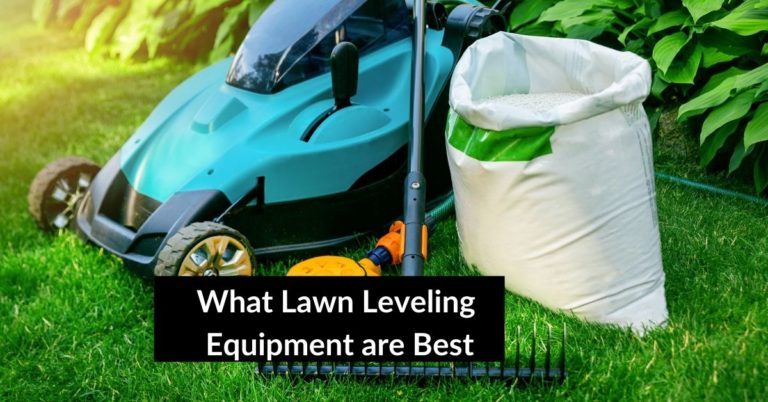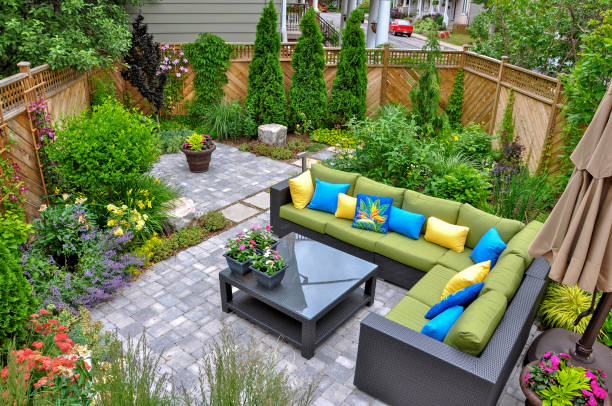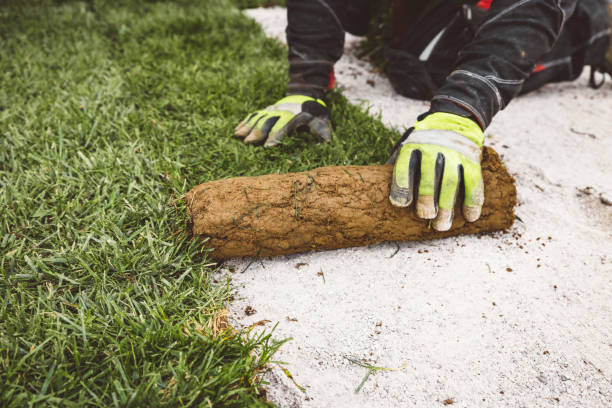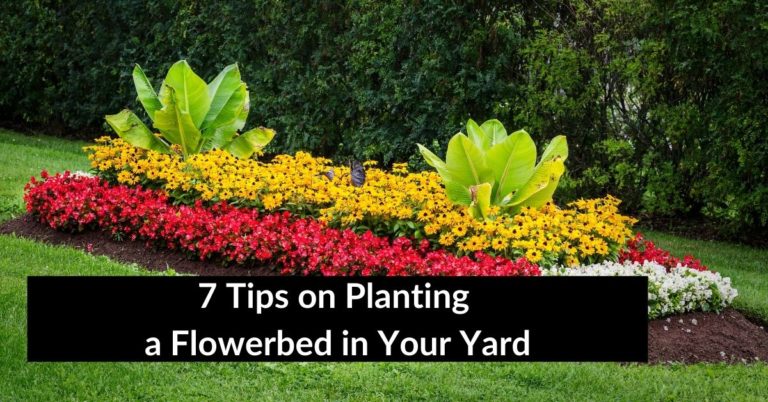What is the Easiest Way to Level Ground in the Backyard?
This post contains affiliate links. This means I will make a commission at no extra cost to you should you click through and make a purchase. Read the full disclosure here.If you have a backyard that is uneven or has dips and slopes, leveling the ground becomes essential. A level surface not only enhances the aesthetic appeal of your outdoor space but also provides a safer and more functional area for various activities. Whether you plan to install a patio, build a shed, or simply create a smooth lawn, leveling the ground is the first step towards achieving your goals. In this article, we will explore the easiest ways to level the ground in your backyard, ensuring a successful and satisfying outcome.
Introduction
Having a level backyard provides numerous advantages. It not only improves the overall appearance of your outdoor space but also makes it easier to undertake various projects such as building structures or creating a functional landscape. By following a few simple steps, you can level the ground in your backyard and transform it into a more usable and aesthetically pleasing area.
Assessing the Backyard
Before you begin the leveling process, it’s essential to assess your backyard. Analyze the terrain and identify any problem areas such as uneven ground, slopes, or low spots. Understanding the topography of your yard will help you plan and execute the leveling process more effectively.
Gathering the Necessary Tools and Materials
To level the ground in your backyard, you will need a few tools and materials. Here’s a list of commonly used items:
- Shovel or excavator
- Wheelbarrow
- Rake
- Leveling tool
- Plate compactor
- String and stakes
- Soil or fill material
- Grass seed or sod
Make sure to gather all the required tools and materials before starting the leveling process to avoid interruptions.
Clearing the Area
Before you can level the ground, it’s crucial to clear the area of any debris, rocks, or vegetation. Remove any unwanted plants or grass and trim overgrown vegetation. This step ensures that you have a clean and workable space to begin the leveling process.
Marking the Desired Level
Determining the desired level of your backyard is an important step. Consider the purpose of the area and decide on the ideal grade. Using stakes and string, mark the boundaries and guidelines for achieving the desired level. This will serve as a reference throughout the leveling process.
Excavation and Filling
To level the ground, you may need to excavate high spots and fill in low areas. Use a shovel or excavator to remove excess soil from the high spots and transfer it to the low spots. Make sure to distribute the soil evenly to create a smooth and level surface.
Compacting the Soil
After the excavation and filling process, it’s essential to compact the soil to ensure stability and prevent future settling. Use a plate compactor to compress the soil, paying special attention to the filled areas. This step will provide a solid foundation for your leveled ground.
Fine Grading
Once the soil is compacted, it’s time to fine-grade the surface. Use a rake or leveling tool to remove any bumps or uneven areas. Work the tool back and forth, smoothing out the soil until you achieve an even and level surface.
Seeding or Sodding
Depending on your preferences, you can either seed or sod the leveled ground. Seeding involves spreading grass seed over the prepared soil and providing appropriate care for new growth. Sodding, on the other hand, entails installing pre-grown grass rolls directly onto the leveled surface. Choose the method that suits your needs and follow the appropriate instructions to establish a lush and healthy lawn.
Conclusion
Leveling the ground in your backyard can be a rewarding endeavor that enhances the overall beauty and functionality of your outdoor space. By following the steps outlined in this article, you can easily achieve a level surface for various purposes such as landscaping, recreational activities, or construction projects. Remember to assess your backyard, gather the necessary tools, and follow each step carefully to ensure the best results.
FAQs
- How long does it take to level a backyard?
- The time required to level a backyard depends on the size and complexity of the area. Smaller yards can be leveled within a few days, while larger yards may take a week or more.
- Can I level the ground myself, or should I hire a professional?
- Leveling the ground can be a DIY project if you have the necessary skills and tools. However, for larger or more challenging areas, it may be advisable to hire a professional to ensure a proper and efficient leveling process.
- Should I rent or buy the necessary equipment?
- Renting or buying equipment depends on your specific needs and budget. If you only require the tools for a one-time project, renting can be a cost-effective option. However, if you foresee future projects or regular maintenance, purchasing the equipment might be more practical.
- How much does it cost to level a backyard?
- The cost of leveling a backyard varies depending on factors such as the size of the area, the extent of leveling required, and the cost of materials. It’s best to obtain quotes from professionals or calculate the costs based on your specific requirements.
- Can I level the ground if I have underground utilities?
- If your backyard has underground utilities, it’s crucial to exercise caution during the leveling process. Contact your utility providers to locate and mark the positions of underground lines before starting any excavation work. This will ensure the safety of both you and the utilities.












